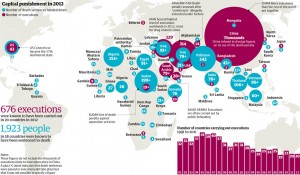
Intimate depictions of human suffering often make headlines. When 12 young boys became stuck in a cave in Thailand for over two weeks, media across the globe dedicated extensive coverage to their precarious rescue. In an interview with Vox, sociologist Tim Recuber explains why so many people watch coverage of disasters. According to Recuber, the key to this puzzle is “empathetic hedonism.” Recuber explains,
“There’s a certain kind of pleasure in really feeling for someone else, even if those feeling are bad. That’s what that term is trying to name. In a culture that tries to venerate empathy, being able to say, ‘I saw that footage, it’s really horrible, I feel horrible for those kids’…it does mark you as a moral person…People get to demonstrate they have this ability.”
However, not all victims of disaster receive the same level of empathy. People generally feel more empathy towards people they can relate to:
“Empathy is really partial. We’re more inclined to be empathetic to people who we feel are like us. Identifiable victims, relatable victims. And oftentimes racial, class, and gender biases get in the way of empathetic identification. There are even studies that show that people viewing a person’s skin being pricked by a needle will have more of a [physiological] reaction when the skin is the same color as theirs.”
In his interview, Recuber also grapples with the ethics of such media consumption. What may be most important, he concludes, is to allow victims the agency to decide whether or not to be in the spotlight. Recuber finds no harm in caring about suffering kids, but cautions that privacy invasions can deepen trauma.

